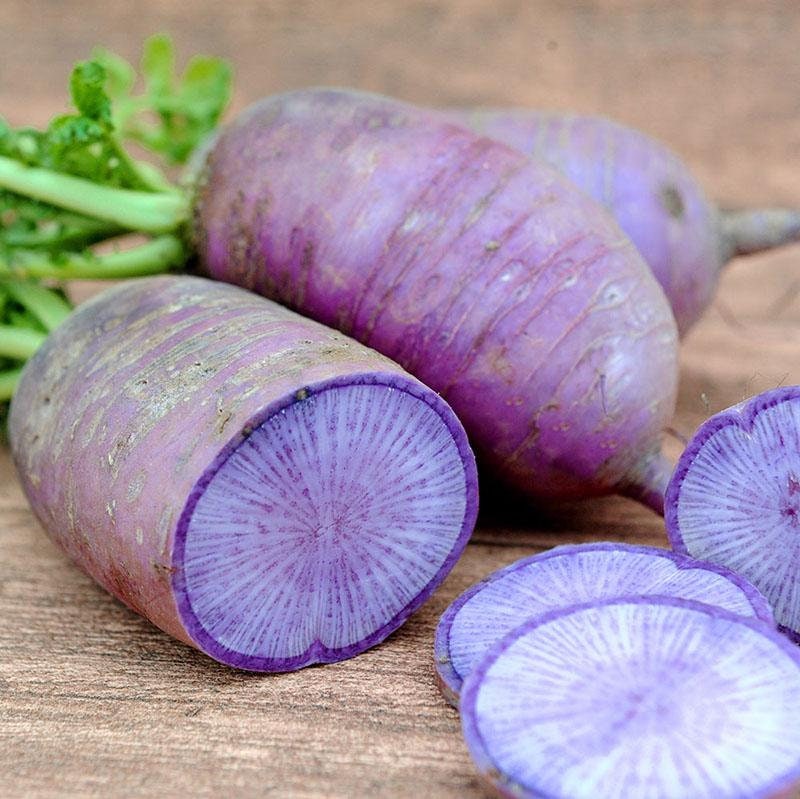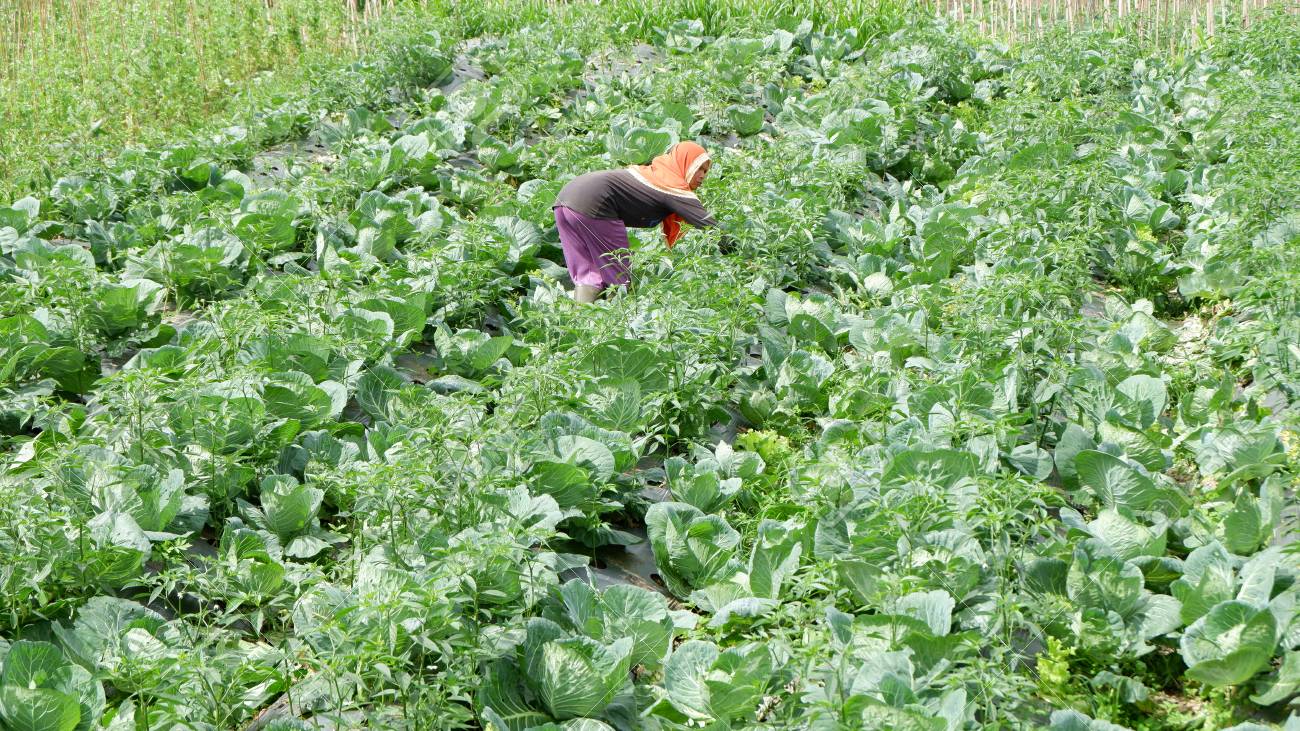✅Payments Via PayPal®, Credit and Debit Card.
If you want to checkout with a Credit and Debit Card, just enter your * Card No, * Expiration Date, and * CVV.



CULTURE
Seeding depth: 0.25 - 0.5 inches
Germination days: 3 - 10 days
Maturation days: 60 days
Asian breeding has produced these superb Radishes with uniquely colored skin and flesh. The bright colors and crisp texture of the Radish ‘Bluemoon’ make them perfect for slicing into salads, giving a delicate, mild flavor and a visually stunning effect. They are equally good in stir fries and stews. The conical roots are easy to grow and make an excellent crop for containers, window boxes and greenhouse borders. Height: 15cm (6"). Spread: 10cm (4").

Growing suggestions for radish seeds
Sow radish seeds directly in the soil. Sow them outdoors from March under fleece, or under cover from mid February in rows 10-15cm apart. They are useful for inter-cropping and catch-cropping or marking rows of slower germinating seeds.
Radish growing calendar
Crop History
Radishes (raphanus sativus) have been cultivated for about 4,000 years. The varieties grown today trace back to three separate domestications of wild radishes in Eurasia and Japan. Radishes are an edible root vegetable of the Brassicaceae family. The strong, slightly pungent flavour of radishes is caused by allyl isothiocyanates. These are oils present in mustard, horseradish, and wasabi as well.
Our Seed Promise
 "Agriculture and seeds" provide the basis upon which our lives depend. We must protect this foundation as a safe and genetically stable source for future generations. For the benefit of all farmers, gardeners and consumers who want an alternative, we pledge that we do not knowingly buy or sell genetically engineered seeds or plants.
"Agriculture and seeds" provide the basis upon which our lives depend. We must protect this foundation as a safe and genetically stable source for future generations. For the benefit of all farmers, gardeners and consumers who want an alternative, we pledge that we do not knowingly buy or sell genetically engineered seeds or plants.
The mechanical transfer of genetic material outside of natural reproductive methods and between genera, families or kingdoms, poses great biological risks as well as economic, political, and cultural threats. We feel that genetically engineered varieties have been insufficiently tested prior to public release. More research and testing is necessary to further assess the potential risks of genetically engineered seeds. Further, we wish to support agricultural progress that leads to healthier soils, to genetically diverse agricultural ecosystems, and ultimately to healthy people and communities.








